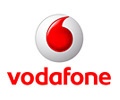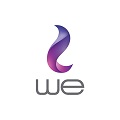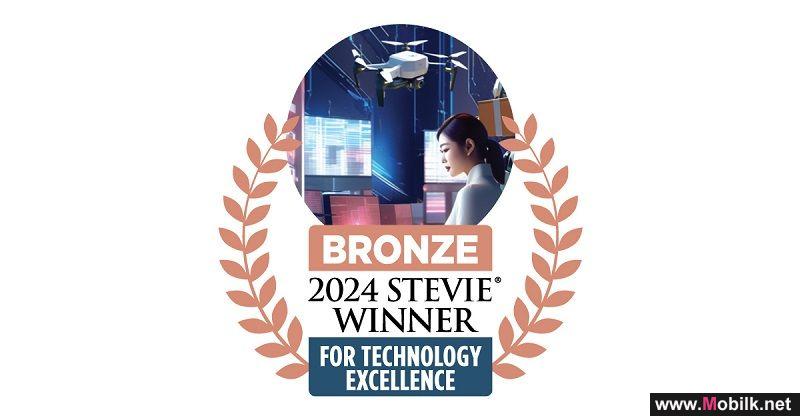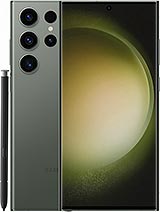Apple Pay: A Necessary Push to Transform Consumer Payments
Mobilk - On September 9, Apple announced an exciting new feature, Apple Pay, a mobile wallet payment system available on the new iPhone 6 and Apple Watch devices. A lot of initial reactions to the announcement was "Not another mobile wallet option!"
Lucas Zaichkowsky, Enterprise Defense Architect at AccessData says that after researching implementation details, he found Apple Pay was quite unique and intriguing. It enables a safe and secure transaction between Apple devices and a retailer’s contactless payment reader or online storefront. The consumer avoids the tedious step of swiping or entering credit card numbers or passwords since its already stored in Passbook, an application first introduced in iOS 6.
What’s important is how Apple Pay transforms traditional theft-prone credit cards into a unique Device Account Number stored securely on a special chip in the device. It then, pairs that number with transaction-specific dynamic security codes. This ensures that intercepted transactions cannot be used to conduct fraud since each security code is only good for the one transaction. This is the most obvious benefit, similar to the protections in place with EMV: to prevent the chips from being copied.
Another less obvious security benefit Apple Pay has over EMV is that sensitive card data is never handled by the merchant. EMV passes plain text card data to point of sale systems which can later be stolen by RAM scrapers and used to commit fraud. With Apple Pay, the physical phone becomes the sole point for potential exploitation. Hopefully, Apple has implemented significant and sophisticated measures into protecting card data stored in the iPhones Passbook from theft or unauthorized use. Regardless, removing sensitive payment data from the merchants’ hands is a necessary step to solve the increased breach epidemic retailers have been facing.
What’s especially bold is Apple’s move to bypass the payment processors that have been used for decades. Point of sale and online ordering systems integrated to support Apple Pay can send the Device Account Number and the dynamic transaction security code directly to the card issuer for approval. In essence, they’re creating their own secure payment network to facilitate their proprietary payment technology.
Unfortunately, adoption will be a significant challenge. If you look at past attempts to change consumer payment behavior, there’s a long list of failures. For example, contactless payments were rolled out on a limited basis by inserting a rice-sized RFID chip in credit cards to which a purchaser waves in front of the terminal instead of swiping the magnetic stripe. Adoption was abysmal. More recently, mobile wallet offerings such as Visa payWave used NFC for contactless payments in stores, but gained little traction beyond pilot implementations.
Apple Pay is a strategic move to expand further into the major mobile wallet marketplace to rival PayPal and other contenders. The big question is whether Apple can succeed in convincing consumers and businesses to ditch the plastic. They both need compelling benefits to justify the behavioral changes. For example, Starbucks successfully leveraged its mobile application with payment capabilities to enhance the customer experience and their loyalty program.
One way Apple could incentivize adoption is by providing loyalty points for purchases made using Apple Pay, redeemable in the form of Apple Store purchases. Consumers would get rewarded for making the switch while driving increased traffic to the Apple stores. This in turn would generate demand for merchants to support Apple Pay. Finally, by eliminating the payment processors from the transaction flow, retailers would reap greater benefits with lower processing fees and increased cost savings that yield higher profits.
If successful, Apple Pay would cement Apple’s dominance across the user experience and extend its domain to mobile payments where the biggest potential is in the rapid adoption of mCommerce, defined as shopping online from handheld devices.
Phones & Tablets
Samsung Electronics announced that its Galaxy S23 Series, which launched for sale globally on 17 February, recorded higher sales worldwide than the..
Phones & Tablets
HONOR is hitting the scene once again with its latest offering, the HONOR X9a and in partnership with Etisalat by e&. This time, the global..
Phones & Tablets
Huawei Technologies Co., Ltd., a leading global provider of information and communications technology (ICT) infrastructure, announced the successful..

 Vodafone Oman
Vodafone Oman Emirates Telecom
Emirates Telecom  Ooredoo Om
Ooredoo Om Ooredoo Qa
Ooredoo Qa stc Bahrain
stc Bahrain Orange Egypt
Orange Egypt Mobily
Mobily Zain Jo
Zain Jo omantel
omantel STC
STC Emirates Du
Emirates Du Asiacell
Asiacell Etisalat Egypt
Etisalat Egypt  Telecom Egypt
Telecom Egypt jawwal
jawwal Orange Jo
Orange Jo Umniah
Umniah Zain Sa
Zain Sa Bahrain Batelco
Bahrain Batelco Zain Bh
Zain Bh Wataniya palestine
Wataniya palestine Kuwait Viva
Kuwait Viva  Zain Kw
Zain Kw Vodafone Qa
Vodafone Qa MTN Syria
MTN Syria Syriatel
Syriatel Sabafon
Sabafon Zain Iq
Zain Iq MTN Yemen
MTN Yemen Ooredoo Kw
Ooredoo Kw Vodafone Egypt
Vodafone Egypt  Samatel
Samatel Huawei
Huawei Samsung
Samsung MOTOROLA
MOTOROLA Lenovo
Lenovo Alcatel
Alcatel LG
LG Nokia
Nokia Sony Ericsson
Sony Ericsson HTC
HTC BlackBerry
BlackBerry Siemens
Siemens Acer
Acer Sony
Sony Asus
Asus VK
VK APPLE
APPLE BenQ-Siemens
BenQ-Siemens Sagem
Sagem Eten
Eten HP
HP Panasonic
Panasonic Amoi
Amoi Toshiba
Toshiba Sharp
Sharp Sonim
Sonim Bird
Bird Mitac
Mitac Philips
Philips Vertu
Vertu Pantech
Pantech Micromax
Micromax Maxon
Maxon Haier
Haier I-mate
I-mate Gigabyte
Gigabyte I-mobile
I-mobile Kyocera
Kyocera BenQ
BenQ Microsoft
Microsoft Telit
Telit Connect
Connect Sendo
Sendo Mitsubishi
Mitsubishi SEWON
SEWON NEC
NEC DELL
DELL Thuraya
Thuraya Neonode
Neonode Be
Be Qtek
Qtek Bosch
Bosch Palm
Palm MWG
MWG Fujitsu Siemens
Fujitsu Siemens XCute
XCute WND
WND INQ
INQ O2
O2 Innostream
Innostream Benefon
Benefon Google
Google


















